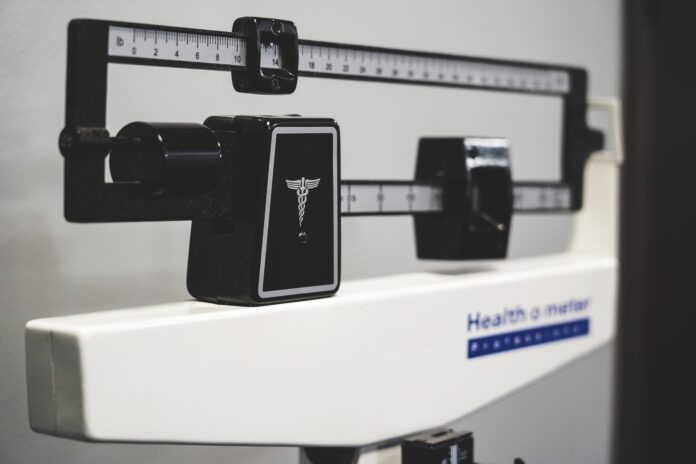Body mass index (BMI) may be an inaccurate indicator for obesity and cardiovascular diseases amongst Asian Americans.
A report published in the Annals of Internal Medicine on Oct. 4 found that the body mass index (BMI) thresholds for obesity and the risk for metabolic and cardiovascular diseases were lower in Asian Americans than in their counterparts.
According to Medspace Medical News, researchers Nilay S. Shah, MD, MPH, and colleagues suggested a lower threshold for obesity in Asians based on data from the Behavioral Risk Factor Surveillance System (BRFSS) surveys.
The World Health Organization (WHO) suggested in 2004 to set a threshold of BMI ≥ 30 kg/m2. The researchers instead advised clinicians to set a threshold of BMI ≥ 27.5 kg/m2 when observing the BMI of Asian Americans.
Even then, the researchers observed that there were disparities among the six largest subgroups of Asian Americans — consisting of Chinese, Asian Indian, Filipino, Vietnamese, Korean and Japanese Americans in descending order of population, according to the Pew Research Center — and their rates of obesity.
The report summarized that the rates of obesity based on the lower threshold were as follows: 6.5% in Chinese, 11.2% in Asian Indians, 16.8% in Filipino, 13.6% in Vietnamese, 8.5% in Korean and 26.7% in Japanese Americans.
With the lowered threshold for obesity, the number of Asian Americans with obesity is much higher with “really wide differences in the prevalence of obesity,” shared Shah, an assistant professor of cardiology and preventative medicine at Northwestern University Feinberg School of Medicine, Chicago, explained in an interview with Medscape Medical News.
Nilay S. Shah, an assistant professor of cardiology and preventative medicine at Northwestern University Feinberg School of Medicine, told Medscape Medical News that with the lowered threshold for obesity, the number of Asian Americans with obesity is much higher. There were also “really wide differences in the prevalence of obesity.”
He also mentioned the vast amount of differences between Asian American populations playing a role when contributing to their health.
“For the longest time, individuals who identified as Asian were grouped into one category,” Shah said in an interview with Medscape Medical News. “[Recently], we really started to understand that the communities that make up the Asian American population are actually very diverse in things like health behaviors, socioeconomic patterns, educational attainment, and English language literacy.”
The researchers concluded that further research needed to be done to characterize the difference in obesity and cardiovascular risk factors between individual Asian American subgroups.
AsAmNews is published by the non-profit, Asian American Media Inc.
We are currently funded by our readers and such charitable foundations as the Robert Wood Johnson Foundation, AARP, Report for America/GroundTruth Project & Koo and Patricia Yuen of the Yuen Foundation.’
Find additional content on Bluesky, Facebook, Instagram , Tiktok, X, and YouTube. Please consider interning, joining our staff, or submitting a story, or making a tax-deductible donation.
You can make your tax-deductible donations here via credit card, debit card, Apple Pay, Google Pay, PayPal and Venmo. Stock donations and donations via DAFs are also welcomed. Contact us at info @ asamnews dot com for more info.


